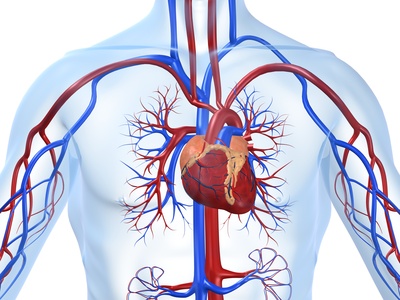Courtesy of Dr. Carlos Fava.
 The association between diastolic dysfunction (DD) and aortic insufficiency (AI) after transcatheter aortic valve replacement (TAVR) has not been studied yet, but the presence of aortic regurgitation has proved to be associated with worse outcomes.
The association between diastolic dysfunction (DD) and aortic insufficiency (AI) after transcatheter aortic valve replacement (TAVR) has not been studied yet, but the presence of aortic regurgitation has proved to be associated with worse outcomes.
A total of 144 out of 195 patients who underwent TAVR with balloon-expandable SAPIENS or SAPIENS XT presenting DD were analyzed. Patients with atrial fibrillation, mitral valve replacement, and moderate or severe mitral stenosis were excluded, in order to minimize conditions that could alter flow.
The presence of AI was assessed through echocardiography at 30 days after percutaneous valve implantation.
Patients were divided in two groups: severe DD and ≥mild AI (19 patients) and DD after TAVR (125 patients).
Groups were similar, with 86 years old and transfemoral access used in 57% of patients. Patients with severe DD and ≥mild AI presented higher pulmonary hypertension, lower ejection fraction, and lower glomerular filtration rates.
Follow-up data was obtained at 15 months and all-cause mortality was higher among patients with ≥mild AI, regardless of DD (hazard ratio [HR]: 2.27; confidence interval [CI]: 1.08-4.75; P = 0.03). Mortality according to DD was numerically higher, but there were no differences between patients with severe DD and those with mild-to-moderate DD (29% vs. 19%). The presence of severe DD and ≥mild AI was associated with higher mortality, when compared with other groups (HR: 3.89; CI: 1.76-8.6; P = 0.001). This remained after adjusting variables such as baseline AI, level of DD, mitral regurgitation, ejection fraction, pulmonary artery pressure, estimated glomerular filtration rate (eGFR), history of stroke, age, and sex.
Conclusion
Mild-to-severe post-TAVR AI may have a negative impact on outcomes of patients with severe diastolic dysfunction.
Editorial Comment
This analysis shows that the association between prior DD and post-TAVR AI has a deleterious effect at follow-up.
We need to be stricter as regards prior echocardiography and be aware of data related not only to ejection fraction and the aortic valve, but also to diastolic state.
This patient group can currently benefit from a more aggressive approach, reducing the presence of residual AI. The development of new valves will surely contribute to a significant AI reduction, or even its eradication.
Courtesy of Dr. Carlos Fava.
Original title: Prognostic Importance of Diastolic Dysfunction in Relation to Post Procedural Aortic Insufficiency in Patients Undergoing Transcatheter Aortic Valve Replacement
Reference: Polydoros N. Kampaktsis, et al. Catatherization Cardiovascular Intervention 2017;89:445-451
Subscribe to our weekly newsletter
Get the latest scientific articles on interventional cardiology
We are interested in your opinion. Please, leave your comments, thoughts, questions, etc., below. They will be most welcome.





